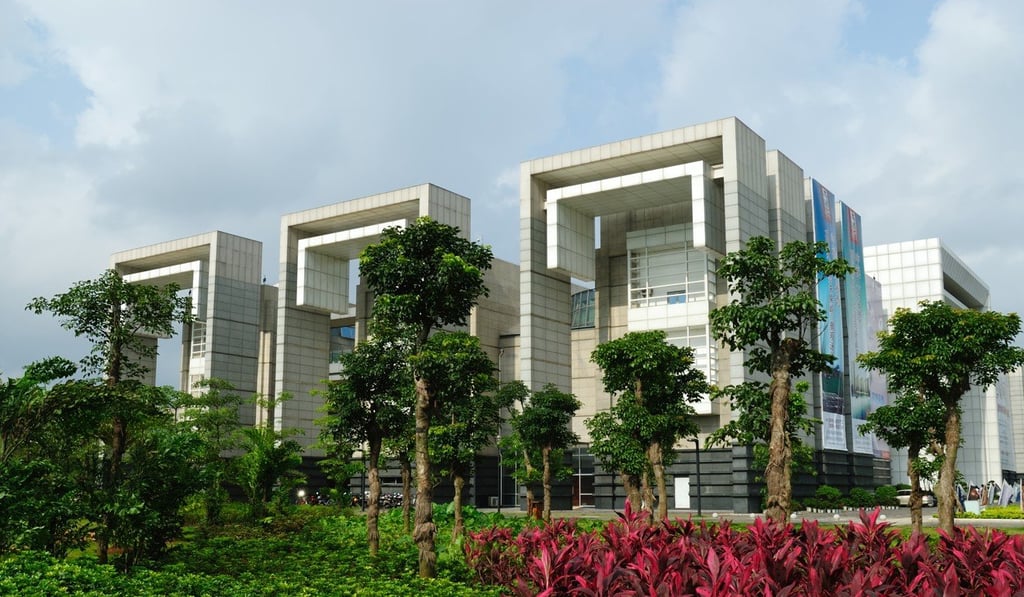Haikou’s dynamism is rooted in its past
Chief administrative city of Hainan’s history is a tale of adventures, influences and smart business savvy

The city of Haikou was historically a place where adventurers dived for pearls along the coastline and Ming dynasty soldiers guarded against pirates. It was an important port during the imperial period, and traded with many nations nearby as part of Guangdong province.
The city rose to greater prominence during the early 19th century, when the British opened Haikou up as a treaty port and sought to establish greater trade by sea with Hong Kong and the islands of the South Pacific. Those efforts were hampered by pirates, and eventually the British gave up trying to exploit the riches of Hainan Island through their treaty port.
During the war torn years of the 20th century, the Japanese, communists, and nationalists vied for control of the area. Hainan was taken by the communists in a daring amphibious assault in 1950, after which Haikou became the chief administrative city of Hainan and once again a busy, bustling port in the South China Sea.

The Hainan Museum in Haikou should be your first stop when you arrive in the city. The displays on ethnic minorities and 20th-century history are particularly informative and trace the development of the island from its time as “the end of the known world” through to the resistance against the Japanese and the current economic boom the island is experiencing. It’s a great place to get perspective on Haikou and the surrounding region, and learn about the city’s place in the wider world. Displays are in Chinese and English, and it’s free to enter.
The many influences of the past several centuries are also readily apparent in the different styles of architecture in Haikou. Perhaps the most well-known of Haikou’s unique cultural identity are the arcade houses, or qilou, as they are known in Mandarin. Arcade houses are buildings that have awnings extending out over the pavement, creating a covered pathway and an arcade for shops and restaurants.The arcade houses are a charming blend of Southeast Asian, European, and Middle Eastern styles that create a special feel to the old city of Haikou. Interestingly enough, the qilou were built primarily by locals returning from overseas during the early 20th century – which may explain the buildings’ mixed styles and heritage.